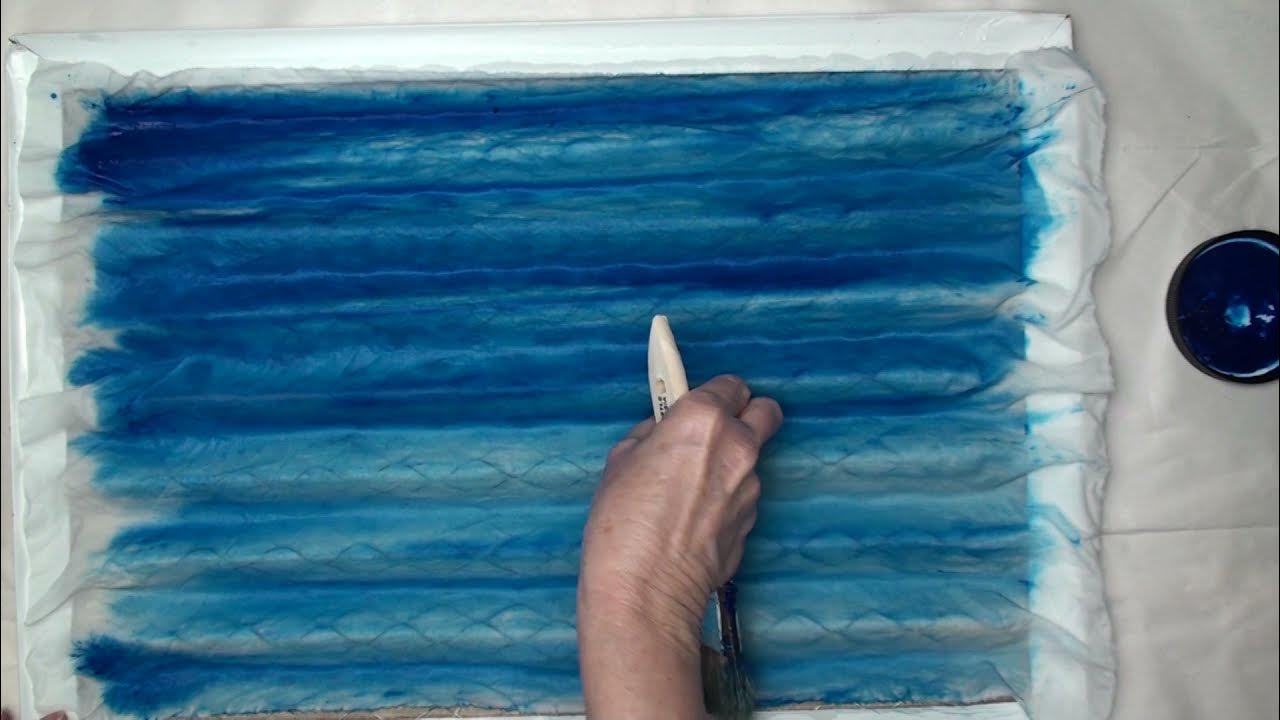7 TIPS for Painting on Clothes | 3D fabric paint process demonstration
Summary
TLDRIn this video, Elena shares 7 essential tips for successful fabric painting. She advises against using regular acrylics on textiles and emphasizes the importance of using fabric-specific paints for durability and flexibility. The video covers crucial practices such as avoiding mixing different paint types, allowing each layer to dry completely, and limiting the number of layers for a soft and lasting finish. Elena also highlights the need to check paint expiration dates, avoid diluting paints, and always heat set the design to ensure long-lasting results. These tips help turn fabric art from amateur to professional quality.
Takeaways
- 😀 Use fabric paints, not fine art acrylics, when working on textiles for durability and softness.
- 🚫 Do not mix regular acrylic paints with fabric paints or use different fabric paint brands together.
- ⏳ Allow each layer of paint to dry completely (1-1.5 hours) before adding another to avoid cracking and peeling.
- 🎨 Apply the minimum number of layers to achieve your desired result. Light fabrics need 1-2 layers, dark fabrics may need 2-4 layers.
- 💧 Avoid diluting fabric paints unless intentionally trying for a transparent effect, as water can affect the paint's performance.
- 📅 Check the expiration date on paint to avoid difficulty in application and potential cracking after washing.
- 🔥 Always heat-set fabric paint to ensure durability and longevity of the design.
- 💡 Fabric paints bond better to fabric directly, unlike regular acrylics that won’t adhere as well on primed surfaces.
- 💨 Use a hairdryer to speed up the drying process between layers, but don’t rush the waiting time for the best result.
- 📦 Seal paint containers tightly to prevent paint from drying out prematurely.
Q & A
Why should you avoid using regular acrylic paints on fabrics?
-Regular acrylic paints are not designed for fabrics and will not bond properly with the fibers. They may cause the fabric to stiffen and can crack or peel off after washing. Fabric paints, on the other hand, are specifically designed to remain soft and durable even after multiple washes.
What happens if you mix fabric paint with regular acrylic paint?
-Mixing fabric paint with regular acrylic paint can lead to the design washing off after the first laundry cycle. The two types of paint do not bond well with the fabric, as fabric paint has specific components that melt into the fibers for durability.
Why is it important to allow each layer of paint to dry completely before applying the next?
-Allowing each layer to dry ensures that the paint adheres properly to the fabric and prevents it from becoming too thick and stiff. If you apply a new layer before the previous one dries, the paint can sink into the fabric and may cause cracking or peeling.
How many layers of paint should be applied to fabric?
-The number of paint layers depends on the fabric color and the type of paint used. Light-colored fabrics typically need 1-2 layers, while dark fabrics may require 2-4 layers. Using opaque paint also reduces the number of layers needed.
Can fabric paint be diluted with water?
-Generally, fabric paints should not be diluted with water. Diluting them can reduce their opacity, especially on dark fabrics. However, some artists may intentionally dilute opaque paints for a transparent effect on light-colored fabrics.
What is the risk of using expired fabric paint?
-Expired fabric paint may become thick and difficult to apply. If the paint has gone bad, it might even crack or crumble after the design dries, leading to poor results. Always check the expiry date before use.
Why is it necessary to heat set fabric paint after applying it?
-Heat setting fabric paint ensures that the paint bonds properly with the fibers, making the design durable and wash-resistant. Without heat setting, the paint can wash off easily after laundering.
What is the best way to heat set fabric paint?
-To heat set fabric paint, follow the manufacturer's instructions. Typically, this involves ironing the painted design through a cotton sheet for a few minutes. For leather goods, a hairdryer can be used, but it should be kept moving above the painted surface.
How can you avoid making rookie mistakes in fabric painting projects?
-To avoid rookie mistakes, it's important to understand the tools you're using and follow best practices. This includes using the correct type of paint for the fabric, allowing each layer to dry properly, and heat setting the design. Paying attention to details such as drying times and expiration dates can also help ensure successful results.
What are the benefits of using fabric paint instead of regular acrylic paint?
-Fabric paints are specifically designed to bond with fabric fibers, ensuring durability, softness, and flexibility. They allow for designs that remain intact and vibrant after washing, whereas regular acrylics can crack or peel when used on fabrics.
Outlines

This section is available to paid users only. Please upgrade to access this part.
Upgrade NowMindmap

This section is available to paid users only. Please upgrade to access this part.
Upgrade NowKeywords

This section is available to paid users only. Please upgrade to access this part.
Upgrade NowHighlights

This section is available to paid users only. Please upgrade to access this part.
Upgrade NowTranscripts

This section is available to paid users only. Please upgrade to access this part.
Upgrade NowBrowse More Related Video

5 Beginner Painting On Clothes MISTAKES to AVOID (save your artwork from cracks)

'Meet The Artist' (No:52) | Richard Box | Embroiderer & Painter

Painted Fabric - Five Techniques

Tutorial Membuat Batik Mudah untuk Pemula part 2 | Desain Motif dan Mencanting

DO'S AND DON'TS for Painting on Clothes - MISTAKES TO AVOID!

the *ultimate* guide to shopping on SHEIN | 10+ tips to get exactly what you want | discount code!!
5.0 / 5 (0 votes)